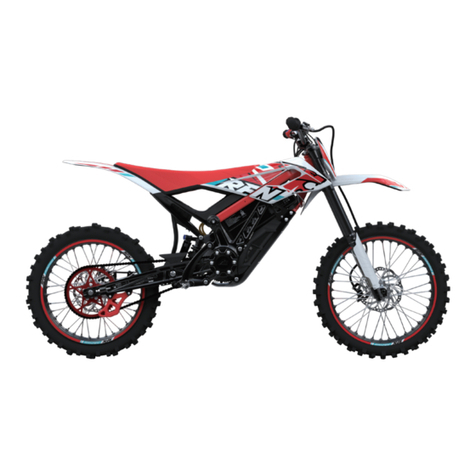
3
3. Safe Driving.........................................................................................................................................................................................................................................................4
4. Description of Vehicle Parts...............................................................................................................................................................................................................................6
5. Manufacturer Information..................................................................................................................................................................................................................................8
6. Display and control devices..............................................................................................................................................................................................................................9
7. Inspection before riding...................................................................................................................................................................................................................................15
8. Riding operation...............................................................................................................................................................................................................................................16
8.1 Starting.....................................................................................................................................................................................................................................................16
8.2 Riding.......................................................................................................................................................................................................................................................16
8.3 Throttle.....................................................................................................................................................................................................................................................17
8.4 Braking.....................................................................................................................................................................................................................................................17
8.5 Selecting a riding mode..........................................................................................................................................................................................................................18
8.6 Parking.....................................................................................................................................................................................................................................................18
9. Regular maintenance and minor repairs.......................................................................................................................................................................................................19
9.1 Tires..........................................................................................................................................................................................................................................................19
9.2 Braking System.......................................................................................................................................................................................................................................21
9.3 Lubricating the brake levers...................................................................................................................................................................................................................22
9.4 Side stand................................................................................................................................................................................................................................................22
9.5 Suspension components.......................................................................................................................................................................................................................22
9.6 Steering Bearing Inspection...................................................................................................................................................................................................................23
9.7 Wheel bearings.......................................................................................................................................................................................................................................23
9.8 Chain Tension..........................................................................................................................................................................................................................................23
9.9 Battery.......................................................................................................................................................................................................................................................24
9.10 Fuses......................................................................................................................................................................................................................................................24
10. Trouble shooting.............................................................................................................................................................................................................................................25
11. Cleaning and storage....................................................................................................................................................................................................................................26
12. Technical Specifications...............................................................................................................................................................................................................................28
13. Guarantee and warranty...............................................................................................................................................................................................................................29
14. After-sales service and warranty coverage table........................................................................................................................................................................................30
15. Maintenance guideline..................................................................................................................................................................................................................................41
16. Service Manual..............................................................................................................................................................................................................................................42
Table Of Contents




























